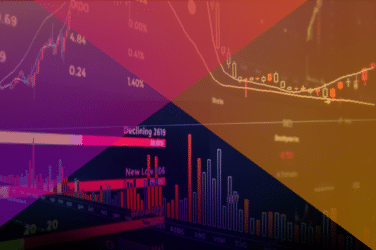Securities and Exchange Commission Chairman Jay Clayton is turning a sharper eye towards the growing US corporate debt market and what impacts it may have on the US markets and economy.
Although the Federal debt ($22 trillion) and mortgage debt, ($15 trillion) exceed the current US corporate debt ($10 trillion), Chairman Clayton put his personal suggestions before the Economic Club of New York and recommended that US market regulators should focus a portion of their attention to the market, especially since banks no longer hold much of it on their balance sheets.
He suggested that the SEC should monitor the size of corporate debt in aggregate and by industry, its location, the type of holder, and credit quality.
“We should consider the likely actions of market participants if market sentiment or other circumstances change,” said Chairman Clayton. “We should recognize what prices and price movements in the corporate market are telling us. For example, on a total-return basis, the upside has become more limited while the downside has not improved.”
In addition, that the SEC and the other US market regulators should monitor the exposure of banks and non-banks to credit lines and investment funds, clearing banks’ supply of balance sheet capability to permit client clearing, their exposure to funds via derivatives, and overlapping portfolio holding and holdings susceptible to similar liquidity shocks, he added.
“We also should monitor flows into and out of credit funds, and various portfolio characteristics, including concentration, liquidity, and leverage,” said Chairman Clayton.
Trying to remain positive, he noted that the balance sheet and GDP ratio has remained flat and started to decrease over the past three years partly due to the Federal Reserve’s slowing and ending of quantitative easing.
“Other advanced economies’ ratios of central bank balance sheets to GDP—including those of the EU, Japan, and the UK—have continued to increase as they continue to aggressively intervene in the capital markets,” said Chairman Clayton. “In addition, for the past few years, the size of the mortgage, student loan and municipal debt markets has been generally flat in relation to GDP.”
As somewhat an aside, Chairman also referred to the pricing of equities, bonds, and other instruments as “public goods” and that Main Street investors can be confident that public company stock prices reflect the views of professional investors.
“They are, in economic speak, ‘non-excludable’ and ‘non-rivalrous,'” he said. “In most cases, I cannot keep you from using price information, and my use of price information does not affect your ability to use that information.”






